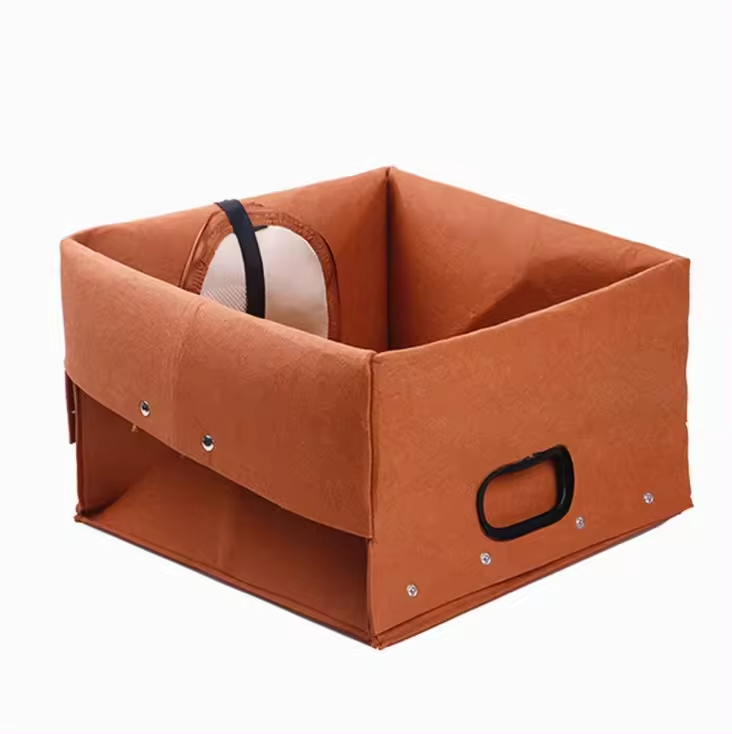Acoustic Panels for Recording Studios Enhancing Sound Quality
In the world of music production, sound quality is paramount. For recording studios, creating an optimal acoustic environment is crucial to capturing clean and professional-grade audio. One of the most effective ways to achieve this is by using acoustic panels. These specially designed panels have gained popularity among musicians, sound engineers, and producers for their ability to control sound reflections and improve the overall acoustic environment.
What are Acoustic Panels?
Acoustic panels are sound-absorbing materials, typically made from foam, fiberglass, or other dense materials, designed to reduce sound reflections within a space. They are strategically placed on walls, ceilings, or floors to minimize echoes and reverberation, creating a controlled acoustic environment. This is particularly important in recording studios, where clarity and precision are essential for high-quality recordings.
Importance of Acoustic Treatment
Without proper acoustic treatment, recording spaces can suffer from undesirable sound characteristics. For instance, hard surfaces like concrete walls and wooden floors can create excessive reverberation, causing sound waves to bounce around the room, leading to muddled audio. This can make it challenging for musicians and engineers to accurately assess recordings and can result in poor mixes.
Acoustic panels help to address these issues by absorbing sound waves, thereby reducing reflections. By controlling how sound behaves in a room, they help to create a more balanced audio environment, allowing for better monitoring and recording conditions.
Types of Acoustic Panels
There are various types of acoustic panels available, each designed to tackle different acoustic issues.
1. Foam Panels These are lightweight and easy to install, making them a popular choice. They come in various shapes and sizes, including wedges, pyramids, and flat panels.
2. Fiberglass Panels Known for their superior sound absorption qualities, fiberglass panels are denser than foam panels. They are often covered with fabric for aesthetics and can be custom-made to fit specific spaces.
acoustic panels for recording studio

3. Bass Traps These specialized panels are designed to absorb low frequencies, which can be problematic in recording studios. Bass traps are usually placed in corners, where bass build-up occurs.
4. Diffuser Panels Unlike absorption panels, diffusers scatter sound waves, helping to reduce echoes without overly deadening the space. This can help maintain a live feel in the studio while still controlling problematic reflections.
Installing Acoustic Panels
The effectiveness of acoustic panels largely depends on their placement. To achieve optimal sound control, it is essential to identify the reflective surfaces in the room and place the panels accordingly. Common areas to treat include
- First Reflection Points These are the spots on walls and ceilings where sound first reflects off after emanating from a sound source, such as a microphone or speaker.
- Corners As mentioned, bass traps should be placed in corners to combat low-frequency issues.
- Behind Speakers Installing panels behind nearfield monitors can help to minimize unwanted reflections that affect the accuracy of sound reproduction.
Conclusion
Acoustic panels are a vital investment for any recording studio aiming to achieve high-quality sound. By understanding the different types of panels and their specific applications, studio owners can create an acoustically treated environment that enhances the recording process. Properly implemented acoustic treatment not only improves the quality of recordings but also provides a better working atmosphere for musicians and engineers alike.
As technology continues to evolve, the options for acoustic panels become more varied and innovative, allowing for greater customization to meet the unique needs of each studio. Whether you are a seasoned professional or a budding artist, investing in acoustic panels will undoubtedly elevate your sound production experience.
